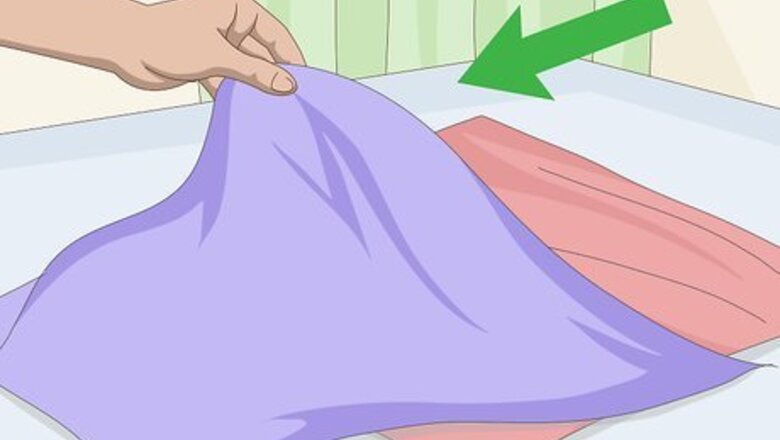
views
Making a Fabric Eye Mask
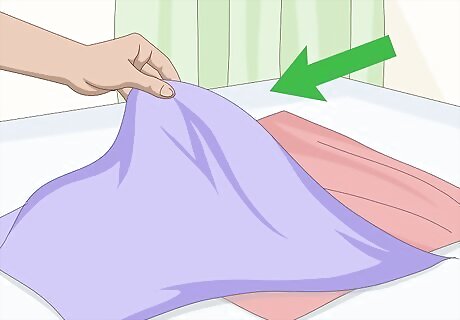
Choose your fabric. Fabric that does not fray would work the best. Great choices include flannel, fleece, felt, and t-shirt material. What color you pick depends on what turtle you want to be: Donatello = purple Leonardo = blue Michelangelo = orange Raphael = red
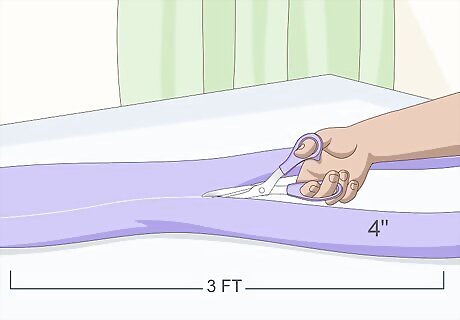
Cut a long strip out of the fabric. You want the fabric to be long enough so that you can wrap it around you head, tie it, and have a couple inches leftover—about 3 feet (0.91 meters). If this is for an adult, start with a 4-inch (10.16-centimeter) wide strip. If this is for a child. start with a 3-inch (7.62-centimeter) wide strip.
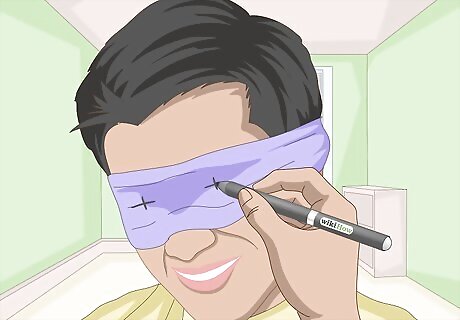
Figure out the eye placement. There are two ways you can do this. You can measure the distance between your eyes, and make marks on the mask. You can also drape the mask across your face, and make marks over your eyes with a pen.
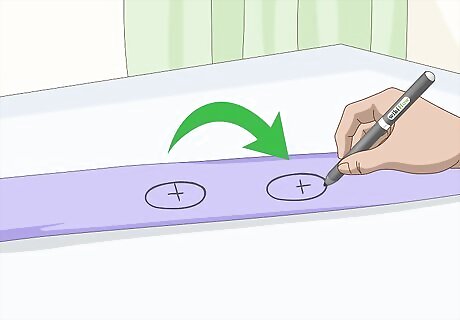
Refine the eye shapes. Spread the mask out on a flat surface. Draw two almond-shaped eyeholes on the mask, right where you made the marks. It is better to start with smaller shapes that you think you might need. Remember, you can always cut the holes bigger if they are too small.
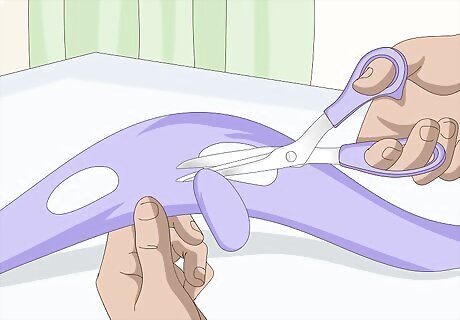
Cut the eye holes out. Make a small slit in the center of each eye, then cut the holes out along the eyes that you drew.
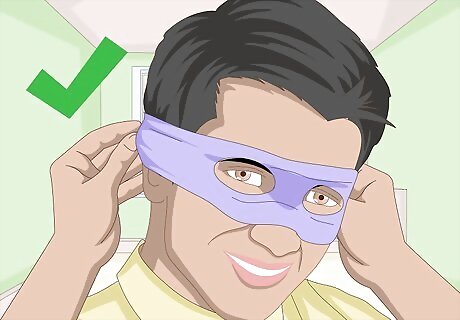
Try on the mask and make any adjustments. Be sure to tie the mask behind your head, as the fabric will scrunch up a little. If the eye holes are too small, take the mask off and make them bigger. If the mask is too wide, untie the mask, and cut it narrower.
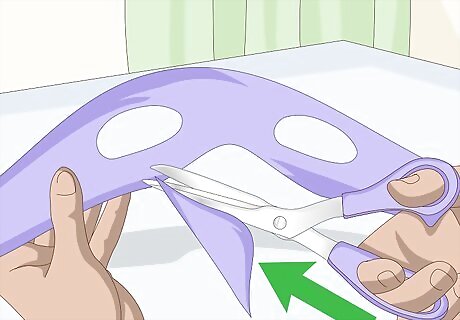
Refine the mask shape, if desired. For an added touch, you could cut the ends of the mask at angles. You could even cut notches into the ends to make them more tattered looking. You can also cut a small curve into the top-center and bottom-center of the mask, right between the eyes.
Making a Foam and Fabric Face Mask
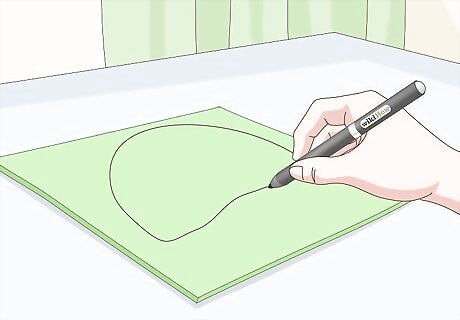
Draw a mask shape on a piece of green craft foam. This mask needs to be big enough to cover the forehead and about an inch (2.54 centimeters) below the eyes. Measure across and down the person's face, then draw a mask shape based on those measurements. You can also use an existing mask as a template. You will be placing colored fabric across this mask, so make sure that it is tall enough.
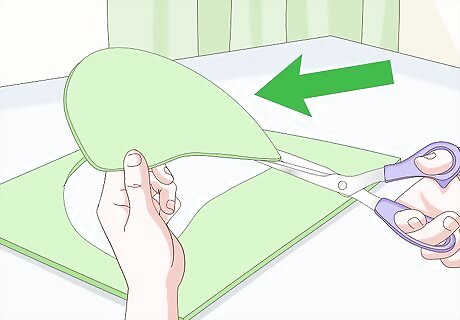
Cut the mask out. If you want to, you can add a slight curve or groove to the bottom-center of the mask for the nose bridge. Don't worry about the eye holes just yet.
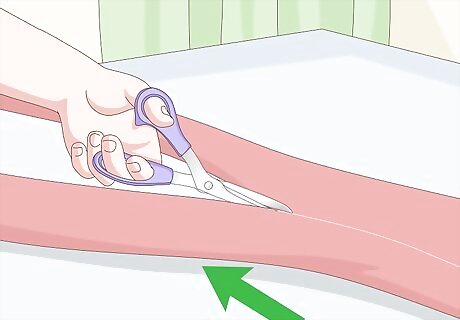
Cut a strip of colored t-shirt, felt, or flannel fabric. The strip needs to be long enough so that you can wrap it around the person's head, tie it in a knot, and have a couple of inches left over. It needs to be wide enough to cover the eyes, but without covering the green mask. What color the fabric is depends on what turtle the person wants to be: Donatello = purple Leonardo = blue Michelangelo = orange Raphael = red
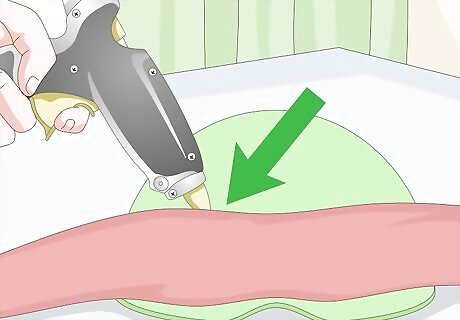
Glue the fabric over the mask. Place the fabric strip across the mask, right where the eyes would go. Make sure that the fabric is centered, with equal amounts hanging off to either side. Once you are happy with the placement, secure the fabric to the mask with hot glue or fabric glue. If you are using fabric glue, let the glue dry before moving on to the next step.
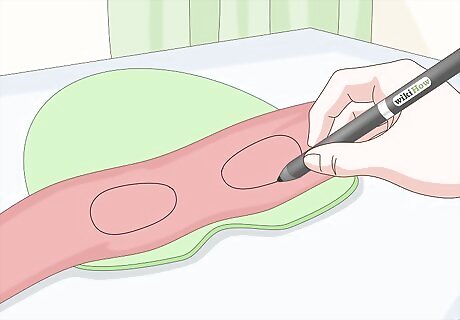
Add the eye holes. The easiest way to do this would be to measure the distance between the person's eyes, and then draw the eye holes on the mask. You can also drape the foam across your face, make marks where your eyes are, then draw the eyes out. Make the eye holes almond-shaped.
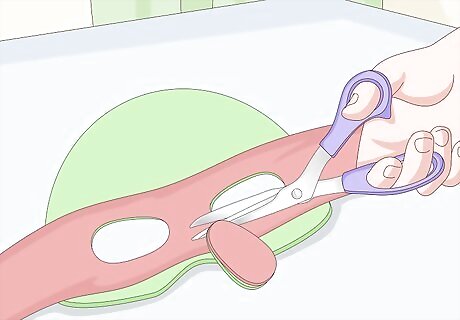
Cut the eye holes out. The easiest way to do this would be with a craft blade. If you don't have one, cut a slit in the center of each eye, then cut around the lines that you drew.

Finish the mask. If the fabric is loose around the eyeholes, secure it with more glue. For an added touch, cut the ends of the fabric strip at angles. You could also cut notches into them as well.



















Comments
0 comment